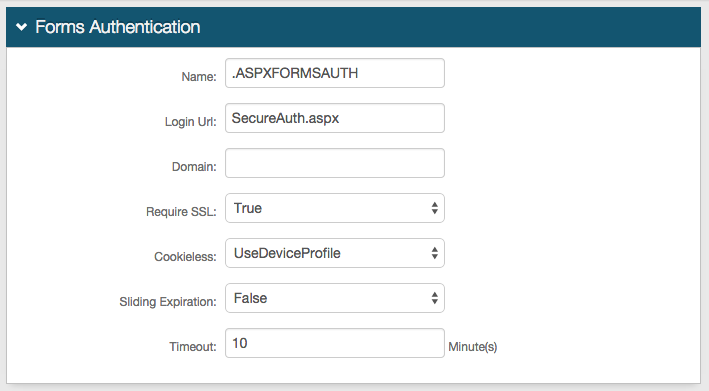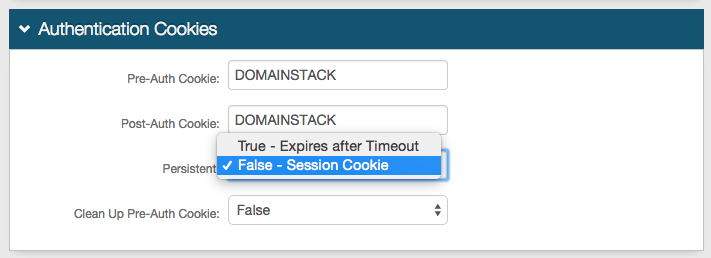Citrix NetScaler AGEE 11.0 and above (SP-initiated) Integration Guide (SAML)
Introduction
Use this guide to enable Multi-Factor Authentication access via SAML to Citrix NetScaler AGEE 11.0+
Warning
Citrix Desktop Receiver does not support SAML authentication and Citrix Mobile Receiver will support SAML authentication in Web Interface Setup only
Prerequisites
1. Have Citrix NetScaler 11.0 or above with a valid license
2. Have NS platform license and separate AG license for Access Gateway (AG) functionality
Refer to detailed Citrix license information
3. Ensure that the Citrix NetScaler server has a valid identity certificate installed
An SSL Certificate can be purchased from SSL certificate providers (Entrust, VeriSign, GoDaddy, etc.)
4. Create a New Realm for the Citrix NetScaler AGEE integration in the SecureAuth IdP Web Admin
5. Configure the following tabs in the Web Admin before configuring the Post Authentication tab:
Overview – the description of the realm and SMTP connections must be defined
Data – an enterprise directory must be integrated with SecureAuth IdP
Workflow – the way in which users will access this application must be defined
Multi-Factor Methods – the Multi-Factor Authentication methods that will be used to access this page (if any) must be defined
SecureAuth IdP Configuration Steps
Post Authentication
 |
1. Select SAML 2.0 (SP Initiated by Post) Assertion Page from the Authenticated User Redirect dropdown in the Post Authentication tab in the Web Admin
2. An unalterable URL will be auto-populated in the Redirect To field, which will append to the domain name and realm number in the address bar (Authorized/SAML20SPInitPost.aspx)
3. A customized post authentication page can be uploaded, but it is not required
User ID Mapping
 |
4. Select Authenticated User ID from the User ID Mapping
In typical scenarios, the Authenticated User ID is sent; however, if the Citrix NetScaler ID is contained in a different SecureAuth IdP Property, select that value from the dropdown
5. Select urn:oasis:names:tc:SAML:1.1:nameid-format:unspecified from the Name ID Format dropdown (default)
Select a different option if Citrix requires it, which the Service Provider (SP) will provide
6. Select False from the Encode to Base64 dropdown
SAML Assertion / WS Federation
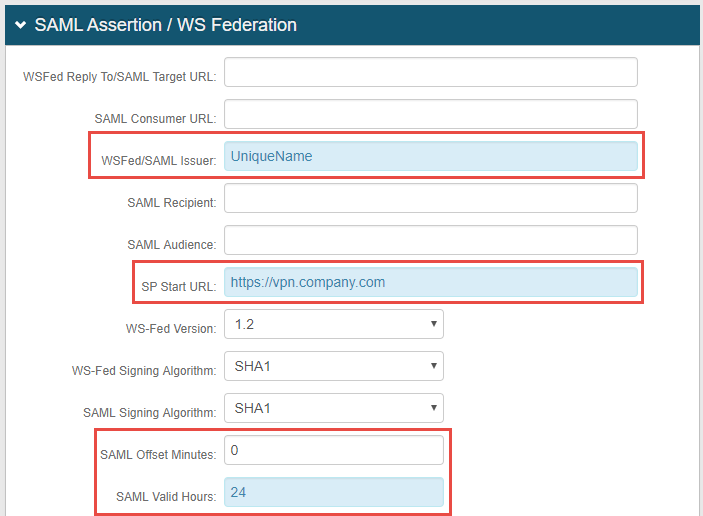 |
7. Set the WSFed/SAML Issuer to a Unique Name that will be shared with Citrix NetScaler
The WSFed/SAML Issuer must match exactly on the SecureAuth IdP side and the Citrix side
8. Provide the SP Start URL to enable SSO and to redirect users appropriately to access Citrix NetScaler AGEE
This would be the Citrix NetScaler VPN domain URL
9. Set the SAML Offset Minutes to make up for time differences between devices
10. Set the SAML Valid Hours to limit for how long the SAML assertion is valid
Note
No configuration is required for the WSFed Reply To/SAML Target URL, SAML Consumer URL, SAML Recipient, or SAML Audience fields
 |
11. Leave the Signing Cert Serial Number as the default value, unless there is a third-party certificate being used for the SAML assertion
If using a third-party certificate, click Select Certificate and choose the appropriate certificate
12. Download the Assertion Signing Certificate, export it as Base64, and store it on a local PC or Citrix NetScaler appliance to be used below
13. Provide the Domain in order to Download the Metadata File to send to Citrix (if required)
Warning
Click Save once the configurations have been completed and before leaving the Post Authentication page to avoid losing changes
Forms Auth / SSO Token
Optionally, in the Forms Auth / SSO Token section, click the View and Configure FormsAuth keys/SSO token link to configure the token/cookie settings and configure this realm for SSO.
 |
Citrix NetScaler AGEE Configuration Steps
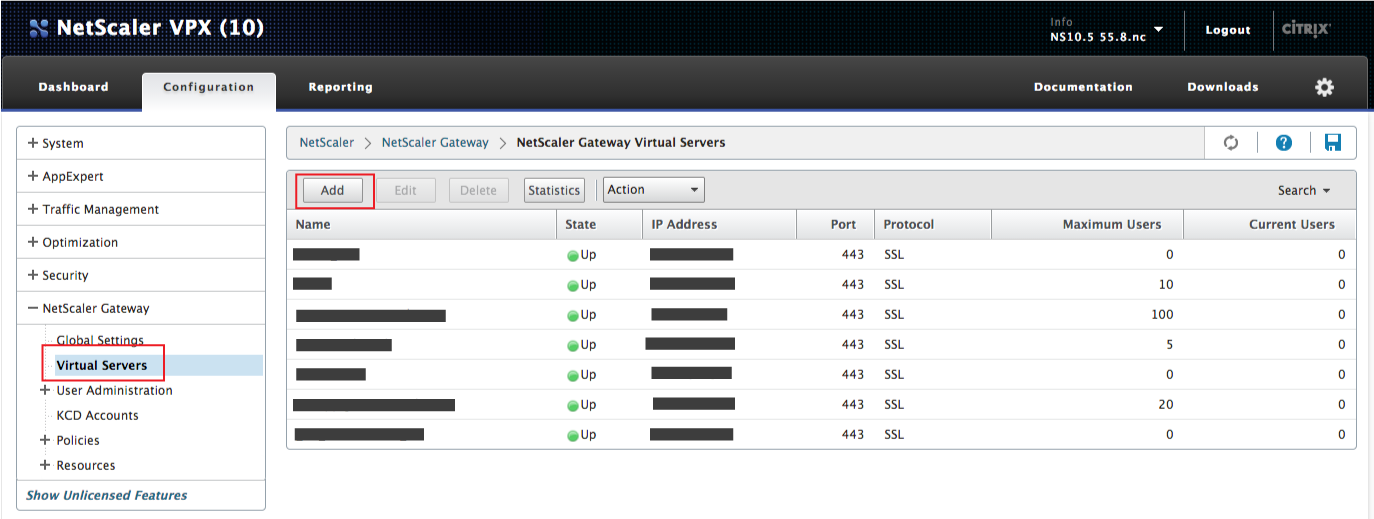 |
A VPN Virtual Server is required for this integration
1. Log into the Citrix NetScaler AGEE admin console, and select Virtual Servers under NetScaler Gateway
2. Select the appropriate Virtual Server to use for this integration, or click Add to create a new one
See below for Virtual Server creation steps
SAML Authentication Policy
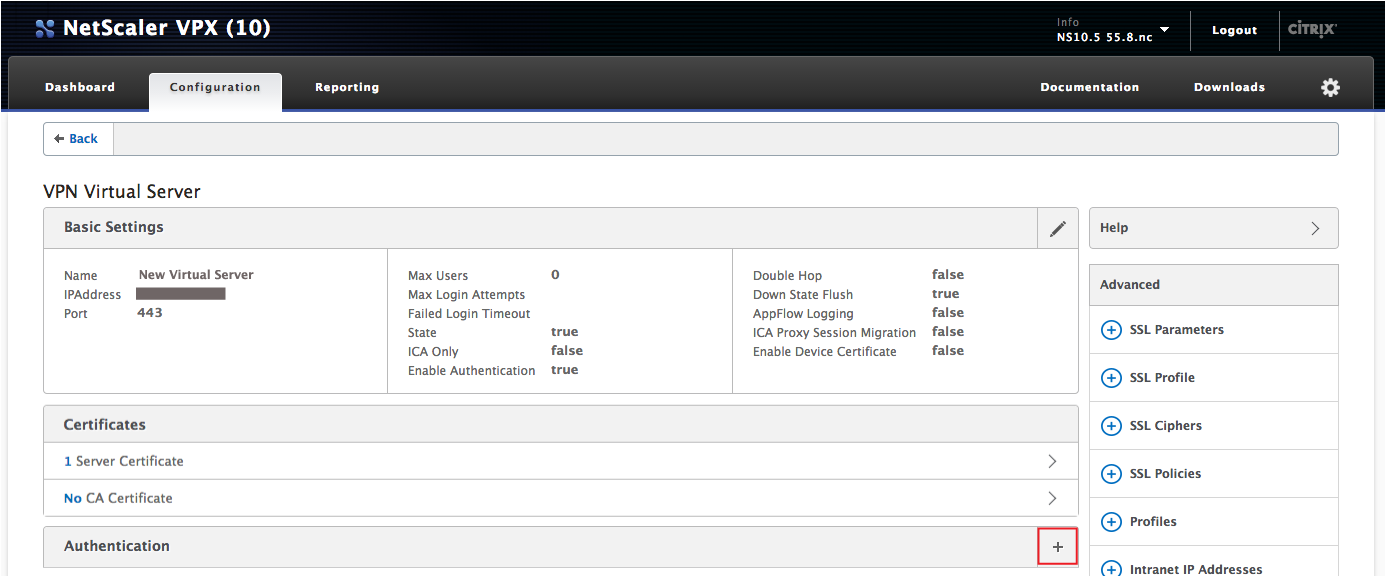 |
3. Open the Virtual Server, and click the + in the Authentication section to add the Authentication SAML Policy
 |
4. Select SAML from the Choose Policy dropdown
5. Select Primary from the Choose Type dropdown
6. Click Continue
 |
7. Click the + in the Select Policy section to create a new SAML policy
8. Once the policy and profile with certificate are created (steps 9-25 below), click Bind
Create Authentication SAML Policy
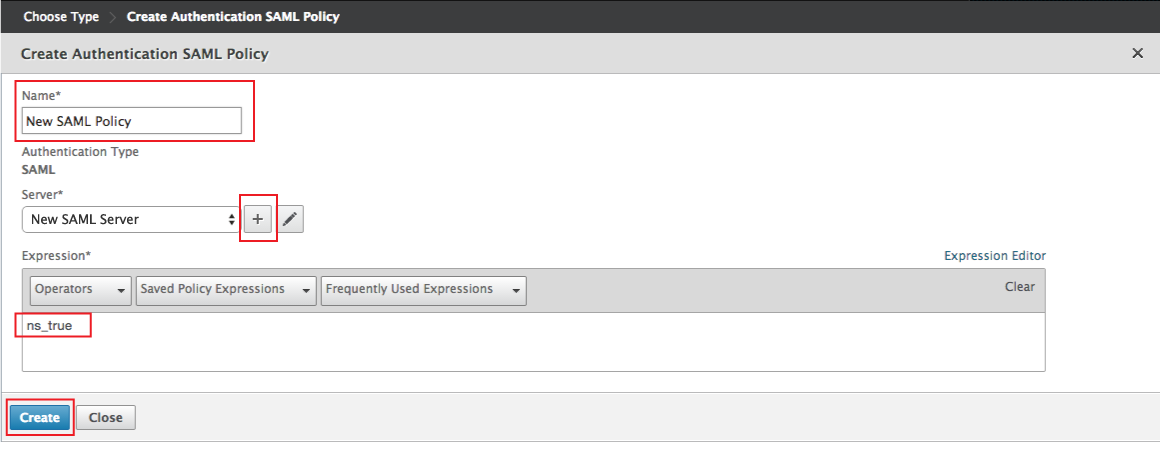 |
9. Provide a Name for the new SAML policy
10. Click the + in the Server section to create a new SAML profile
11. Select the newly created profile (steps 14-25 below) from the Server dropdown
12. Create an ns_true Expression
13. Click Create
 |
14. Provide a Name for the new SAML profile
15. Click the + in the IDP Certificate Name section to add the SAML certificate
16. Select the Assertion Signing Certificate from the SecureAuth IdP Web Admin (step 12) and upload it onto Citrix
17. Set the Redirect URL to the Fully Qualified Domain Name (FQDN) of the SecureAuth IdP appliance, followed by the Citrix-integrated realm and /secureauth.aspx, e.g. https://secureauth.company.com/secureauth2/secureauth.aspx
18. Set the Issuer Name to the same Unique Name established in the WSFed/SAML Issuer field in the SecureAuth IdP Web Admin (step 7)
19. Select ON from the Two Factor options
20. Select POST from the SAML Binding dropdown
21. Click Create
Troubleshooting / Common Issues
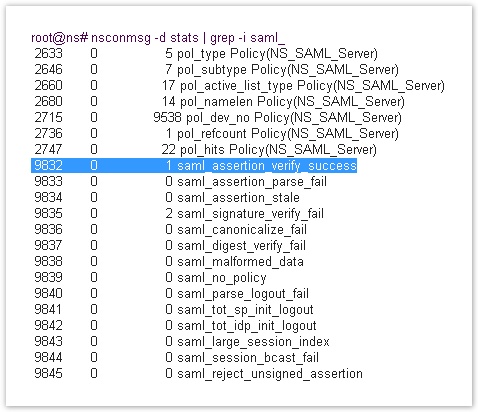 |
1. If an HTTP1.1 blank page appears on the Citrix NetScaler side after SecureAuth IdP authentication, then ensure that the date / time settings are correct on both sides
2. Check the NetScaler error counters from the NS console
Type shell and that will move to NSHostname (shell)#
Run the command, nsconmsg –d stats | grep –i saml_
From there, a screen (like the image) will show increased a SAML verification success message counter
